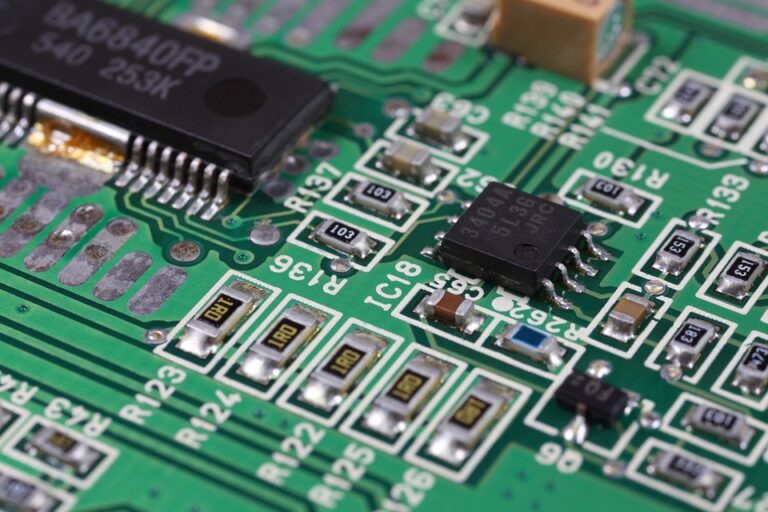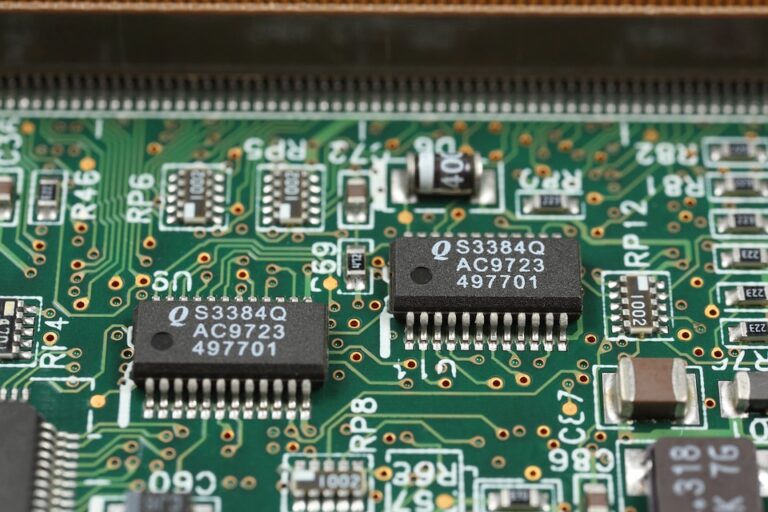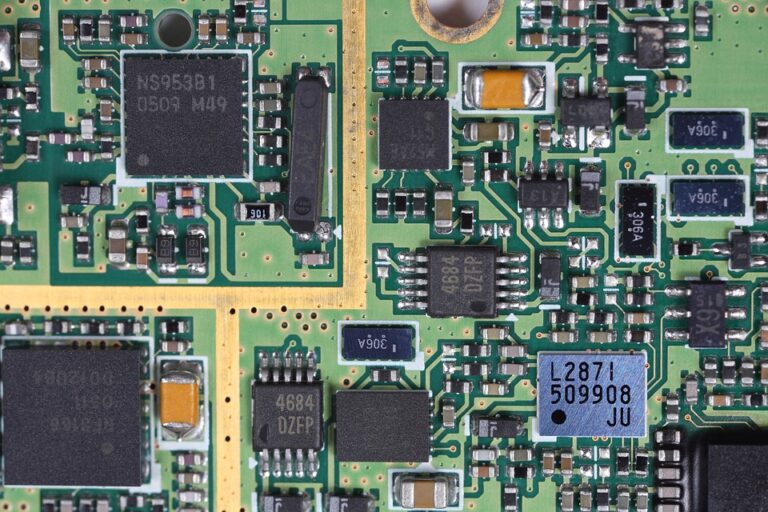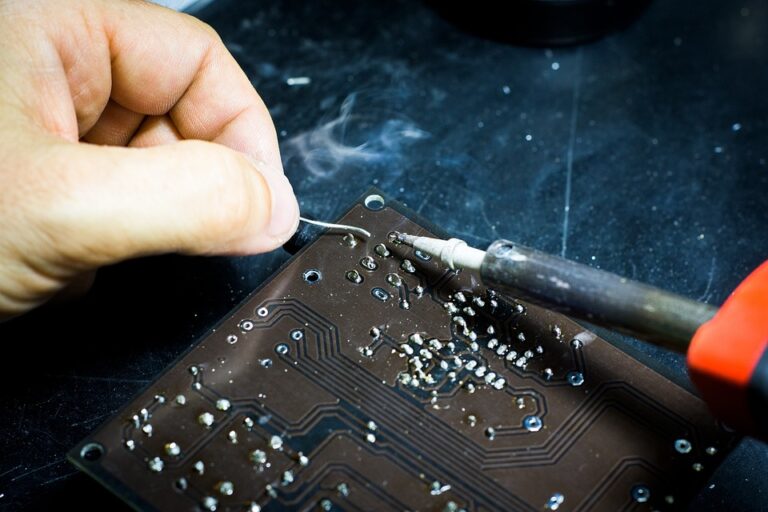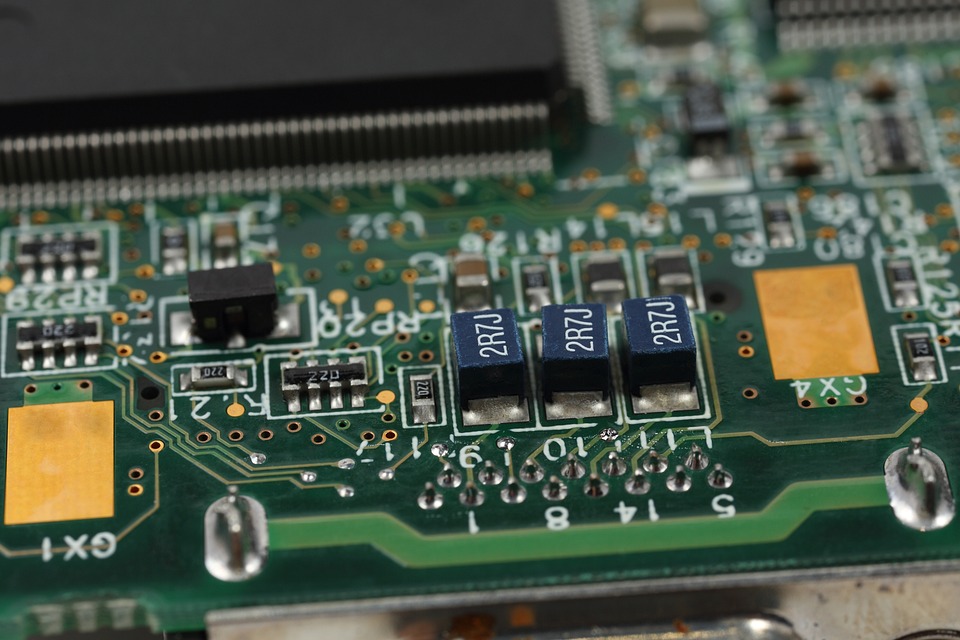
The Evolution of Printed Circuit Boards: A Historical Perspective
The evolution of printed circuit boards (PCBs) has been a significant transformation, from their humble beginnings in the 1930s to the complex, high-tech components we see today. This article will explore the milestones and innovations that have shaped the industry, from the early days of radio frequencies to the modern era of compact, high-performance designs.
Early Days: The 1930s-1940s
In the 1930s, the concept of using conductive ink to connect electronic components was first proposed. This idea was pioneered by two individuals, Owen Wingrave and Dr. Albert Paul, who independently developed the first practical printed circuit board in the early 1940s. Their work laid the foundation for the development of modern PCBs.
In the 1940s, the first PCBs were used primarily for military applications, such as radar and communication systems. The technology was still in its infancy, with limitations in materials, processing, and design capabilities.
The Golden Age: 1950s-1960s
The 1950s and 1960s saw the introduction of new materials, such as printed circuit boards made from Bakelite and Mylar. These materials offered improved conductivity, flexibility, and durability. This period also witnessed the development of PCB manufacturing techniques, including the use of photoimages and lithography to transfer patterns onto the board.
This period was marked by significant advancements in PCB design, with the introduction of the first wire-wrap wireing scheme and the use of bonded-wire technology. The development of PCBs for commercial applications, such as consumer electronics and industrial control systems, further increased adoption and drove innovation.
The Digital Age: 1970s-1980s
The 1970s and 1980s saw the dawn of the digital era, with the introduction of integrated circuits (ICs) and printed circuit boards (PCBs) that could support them. This led to the development of more complex and efficient PCB designs, including parallel processing and multi-layered PCBs.
The introduction of surface mount technology (SMT) in the 1980s revolutionized PCB design and manufacturing. SMT allowed for the creation of smaller, denser PCBs with improved thermal conductivity, resulting in faster and more efficient designs.
The Modern Era: 1990s-Present
The 1990s and 2000s saw the widespread adoption of lead-free and lead-reduced solders, driven by environmental concerns and regulations. This shift led to the development of new materials and manufacturing processes, such as vapour phase soldering, which reduced lead content and improved solder properties.
The modern era has also seen the rise of via filling, a technique that enables the creation of complex, high-density PCBs with increased flexibility. Additionally, advancements in design software, simulation tools, and automated manufacturing have enabled faster design cycles, improved reliability, and reduced costs.
Conclusion
The evolution of printed circuit boards has been a remarkable journey, from humble beginnings to the complex, high-performance designs we see today. This progression has been marked by key milestones, innovations, and challenges. As technology continues to advance, it is likely that PCBs will undergo further transformations, driven by emerging trends, such as 5G, artificial intelligence, and the Internet of Things (IoT).
As the demands of future generations of electronics continue to drive innovation, it is crucial to recognize the significant contributions made by pioneers in the field of PCB development. Their work has paved the way for the sophisticated, compact, and high-performance electronics we enjoy today.
FAQs
- What is the primary difference between electronic components and printed circuit boards? Electronic components are individual parts, such as resistors, capacitors, and transistors, that are connected together to form an electronic circuit. Printed circuit boards are the physical platform on which those components are mounted and interconnected.
- What is the main purpose of a printed circuit board? PCBs provide a framework for connecting and supporting electronic components, allowing for efficient distribution of power, signal, and data between components, and enabling the assembly of complex electronic systems and devices.
- How do printed circuit boards work? PCBs work by providing a medium for connecting electronic components and allowing signals to be transmitted between them. They can be designed to distribute power, facilitate signal transmission, and shield against electromagnetic interference (EMI).
- What are the benefits of using printed circuit boards? PCBs offer several benefits, including improved reliability, reduced costs, increased flexibility, and enhanced performance. They also enable the creation of smaller, more compact, and lower-power electronic devices.
- How do printed circuit boards contribute to the development of modern electronics? PCBs play a critical role in the development of modern electronics by providing a platform for connecting and assembling complex electronic components, enabling the creation of high-performance, compact, and efficient electronic devices.
This article has explored the evolution of printed circuit boards, from their early beginnings to the present day. The journey has been marked by significant milestones, innovations, and challenges. As technology continues to advance, the humble beginnings of PCBs will be seen as a vital part of the foundation on which the electronics industry is built.

